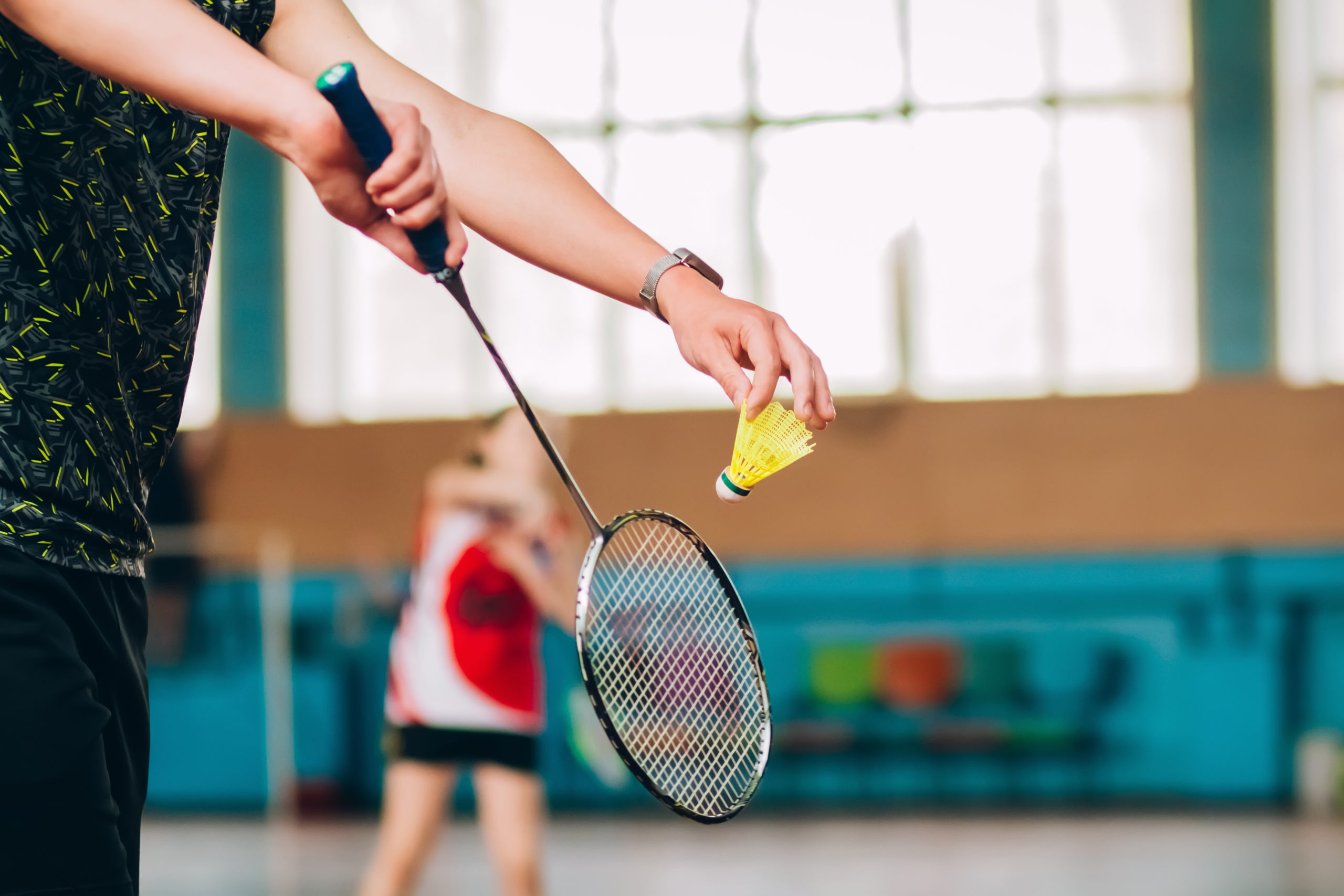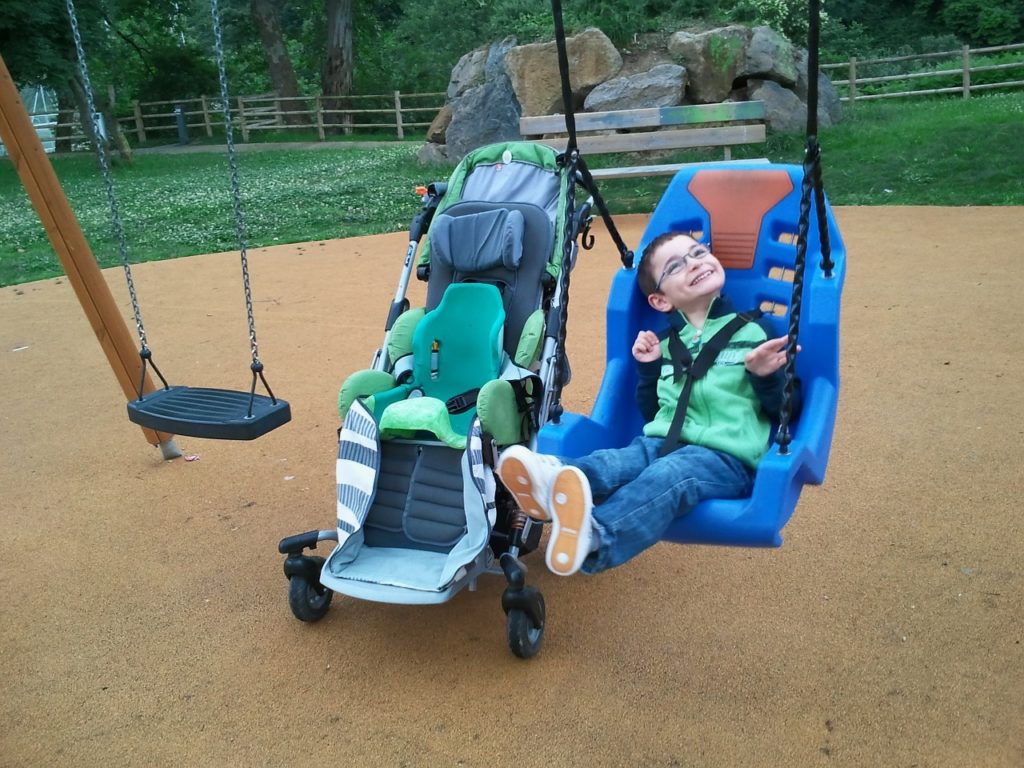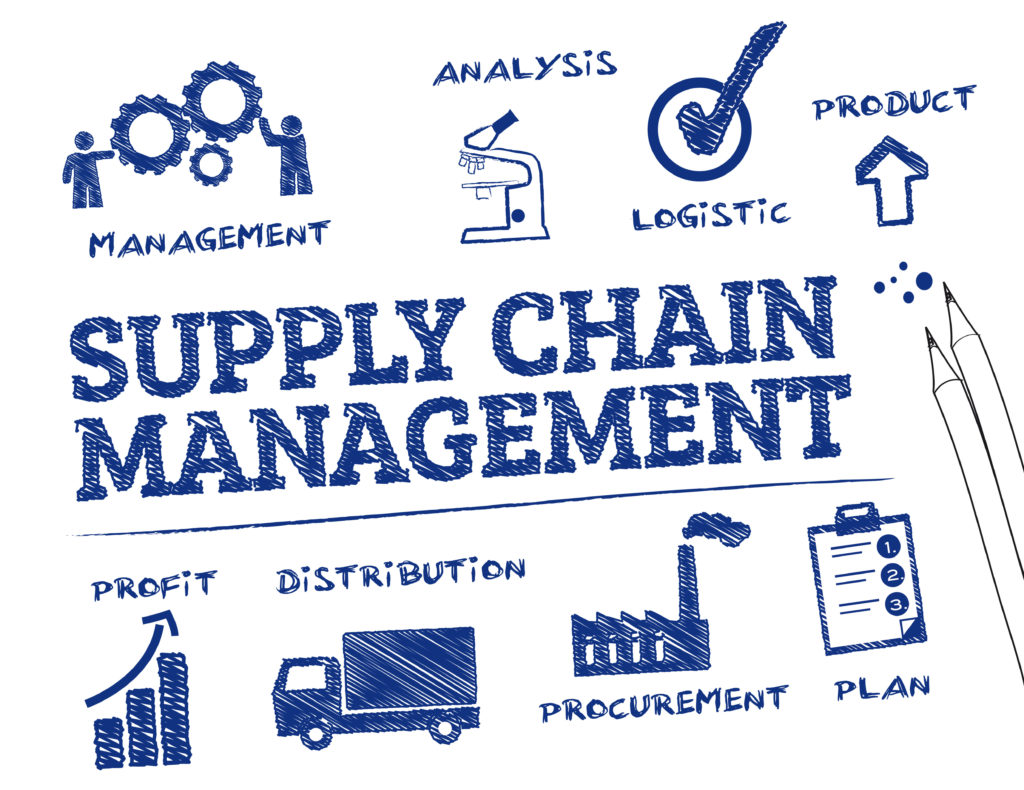Sports and Leisure Courses

Sports and leisure courses provide baluable professionals to the Irish economy. Sports and leisure courses have, over the past few decades, become more popular. With people becoming more interested in keeping fit, and a growing appreciation for a scientific approach to exercise and sports performance. As a result there has been steady growth in the number of jobs in the industry.
Management, education, and coaching are just a selection of the roles involved. A third-level course is a valuable asset in this profession as it explores business and management aspects as well as physical performance.
Education
A Sports Science degree is the perfect fit for anyone interested in sporting performance, how the body works, and how that extra burst of speed or ounce of strength can be achieved.
UCD, DCU, IT Tallaght, IT Carlow, UL, and Athlone IT all have courses. They examine all the scientific aspects of sport. Topics covered include:
- Sport and Exercise Physiology
- Biomechanics
- Nutrition
- Sport Psychology
- Sports Injury and Treatment
- Coaching
- Pharmacology
Many other Sport & Leisure courses will also teach coaching and physical performance, but also focus on managerial and business skills.
Athlone, Blanchardstown, Letterkenny, Limerick, Waterford ITs as well as UCD and the LIT Tipperary offer courses. Administrative and sports development modules include Marketing, Sport/Leisure Facility Management, Accounting, IT, and Sport Law & Regulation.
IT Carlow offers Sport & Exercise degrees in football, rugby, or GAA. Dundalk IT has a Community Sports Leadership course which explores the positive influence of sports and physical activity on local communities and youth groups. The BEd in Sports Studies & Physical Education in UCC is for those who want a career as a PE teacher or team manager in a second-level school.
IT Tralee and Galway-Mayo IT also have degrees in Adventure Tourism Management and Outdoor Education & Leisure. The courses produce graduates who work in activity tourism, expedition management, and adventure activities.
At PLC level, the Level 5 Certificate in Sport & Recreation is an excellent introduction to the discipline. Modules in this one-year programme include Anatomy & Physiology, Leisure Facility Administration, Sport Coaching), Health & Fitness and First Aid.
The Work
Graduates work in sports development, marketing and sponsorship, clubs and leisure centre management, along with many other sectors of the entertainment and leisure industries.
Sports and leisure managers are responsible for the administration of sports centres and leisure facilities. They may also organise and develop of sporting activities. Administration tasks can include budgeting and financial management, hiring and training staff, advertising and marketing, purchasing materials and equipment, and organising competitions and events. They must also ensure that health, safety, and legal requirements are met.
Leisure centre employees maintain equipment such as weights, pools, and pitches. They may also plan nutrition, training, and fitness programmes, and in coach teams. People often start off as coaches or instructors and before moving to managerial roles.
Sports Development Officers help people of all ages and levels of ability take part in sport and develop their skills. They can work in schools or youth groups. Some work to improve community sports facilities, while others deal with administration tasks for a national sporting body such as the FAI or GAA. Responsibilities can also include working on policy at national or local level, and trying to increase levels of participation across all sectors of society.
Sports Science graduates work in coaching or in health promotion and development. They may also pursue a sport research career in academic or corporate organisations.
Did you know?
The javelin thrower Uwe Hohn was the first (and possibly the last) man to throw a javelin more than 100m. Hohn smashed the previous world record of 99.72m when he achieved a distance of 104.8m in 1984. Shortly after this the IAAF changed the design of the javelin in order to reduce the distance of throws and prevent flat landings. The record statistics were therefore restarted, and so Hohn’s throw became an ‘eternal world record’.


Leave a comment